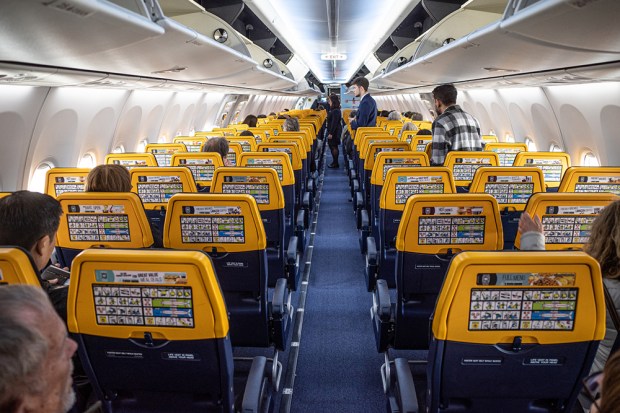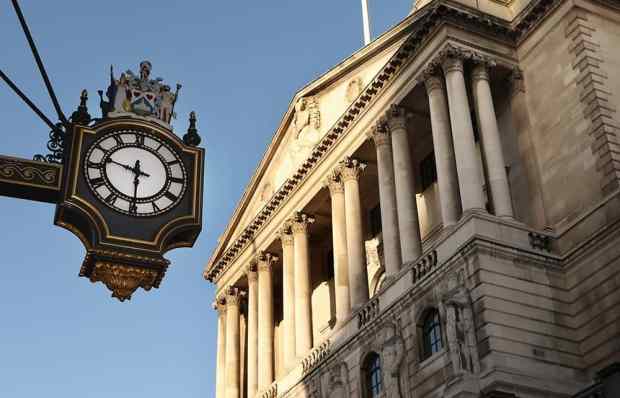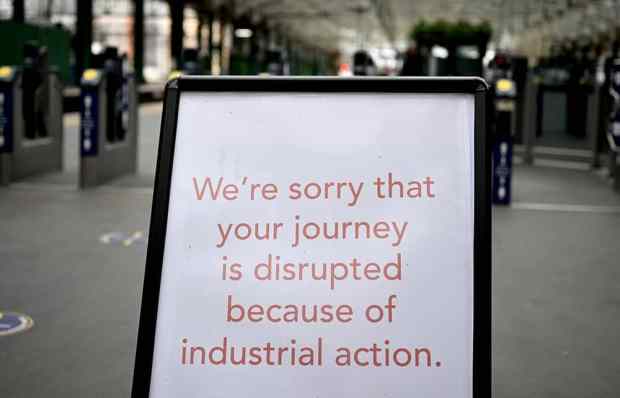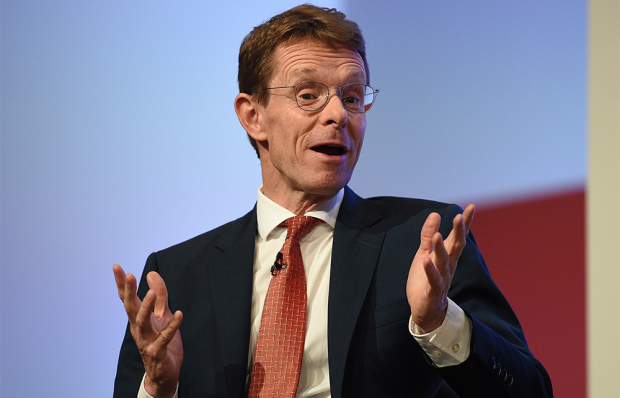All good things must come to an end, including summer holidays and bull markets. The bull run in US shares that began in the aftermath of the financial crisis in March 2009 has now officially passed the previous record of 3,452 more-up-than-down days from October 1990 to March 2000. This time round, the S&P500 index of US stocks has risen by more than 300 per cent — and that rise has continued throughout Donald Trump’s reign, despite his trade war threats and other follies. But it has not been reflected in major European markets, which have drifted sideways, and has been increasingly sustained by a small number of top tech stocks that have outperformed everything else on the planet.
These are, of course, the Faangs — Facebook, Apple, Amazon, Netflix and Google (via its parent Alphabet) — of which I wrote recently. Doomsters are now watching avidly for signs that the euphoria which made Apple the world’s first trillion-dollar company at the beginning of August will suddenly give way to realism about global economic forces, followed by a tide of pessimism and a major market correction.
And if it does, what then? Should you resort, like Warren Buffett, to the safety of enduring consumer-brand stocks that can ride out any downturn, or boldly seek the next wave of tech disruptors? Naturally, I consulted this column’s answer to Buffett, our own veteran investor Robin Andrews, who tells me we should never overlook the ultimate safe haven of gold, despite its recent drift at $1,200 an ounce after a post-crash high of $1,890. Major gold producers’ shares have fallen by a quarter in the past year, but for the gold-bug contrarian that could be a buying opportunity and guess what — here’s a handy acronym. Mining.com has come up with the ‘Banngs’ — Barrick Gold, Agnico Eagle, Newmont Mining, Newcrest Mining and Goldcorp — and Andrews says Agnico and Barrick are the two that stand out. Do your own research, but if ‘Faangs to Banngs’ turns out to be a winning ploy, remember you read it here first.
Was Wonga all bad?
The wonder of Wonga is that it lasted so long. The arch-villain of the payday loan sector, which grew like a mutant fungus out of the wreckage of the financial crisis, once clocked up a record Representative Annual Percentage Rate (APR) on its loans to gullible and desperate cash-seekers of 5,853 per cent, and was ordered in 2014 to write off the debts of 330,000 delinquent borrowers who could never have passed proper ‘affordability’ checks. The imposition by the Financial Conduct Authority of a cap of 0.8 per cent per day on lending rates, plus limits on default charges, knocked out many smaller competitors, but Wonga (with a 30 per cent market share) carried on — accumulating trading losses and compensation claims as it did so. Now it’s reported to be on the brink of collapse, with accountants poised to step in as administrators, and most of the media preparing to dance on its grave.
But was it all bad? Before the advent of Wonga and its ilk, from 2007 onwards localised markets for short-term, high-interest loans were shady and shark-infested, and it goes without saying that high-street banks had nothing to offer the suddenly strapped-for-cash personal customer. The new breed of lenders who stepped into that gap conducted their business in daylight, online and via television advertising, making their terms explicit even if they were exploitative. Wonga eventually drew the holy wrath of the Archbishop of Canterbury, but in its earlier phase it attracted several rounds of reputable private-equity backing (even, until 2013, from the investment arm of Wellcome Trust, the UK’s biggest charity) and won awards for innovation.
As I’ve said before, it wasn’t the Wongas of this world that lied about lending rates, but the borrowers who too often lied about their incomes and existing debts to secure loans for holidays and luxuries they could not afford. Coverage of Wonga’s impending demise has been all about ‘victims’ who may not now receive compensation for exorbitantly compounded interest and penalties. But on balance it’s a good thing the sector hasn’t been entirely wiped out: Lolly will try to find you £2,000 from a range of lenders ‘within ten minutes of approval’ while ‘when life catches you off-guard’ Sunny offers to rustle up £2,500 within 15 minutes; both indicate maximum APRs of around 1,290 per cent. If that’s the solution to your cash flow problem, just make sure you read the small print and repay on time.
French impressions
My month in France ended as it began: under cloudless skies at Toulouse airport, with its vista of the bulbous Beluga transport planes that facilitate the complex transnational supply chain of Airbus, the aircraft maker which carries the flag of European industrial co-operation. The fact that Airbus (whose giant A380 has proved so difficult to sell) is reportedly lagging behind Boeing in new aircraft orders this year seems a fair reflection of the wider energy levels of the EU and US economies. Likewise the relative cheerfulness of US and French business media, the former celebrating the record bull market while the latter obsesses over threatened strikes at Air France, SNCF and elsewhere, and the slim chances of success for President Macron’s reforms to cut the cost of the state and boost the private sector.
But if my overall impression of the French economy this summer was that it is downbeat and sluggish, there were plenty of micro-entrepreneurial points of light, especially in the field of gastronomy, which is this column’s enthusiastic focus. So let me end by saluting All Fermier, a hipsterish new farm shop at Cazals in the Lot; La Cantine at Daglan in the Dordogne, where chef Fabrice Lemonnier has converted a butcher’s shop into a 70-cover prix fixe eaterie; and finally María Bonita, the village bar of nearby St-Laurent-la-Vallée, now reinvented as a Mexican bistro and serving knockout Blue Lagoon cocktails. Believe me, three of those and your prospects feel a whole lot better.
Got something to add? Join the discussion and comment below.
Get 10 issues for just $10
Subscribe to The Spectator Australia today for the next 10 magazine issues, plus full online access, for just $10.
You might disagree with half of it, but you’ll enjoy reading all of it. Try your first month for free, then just $2 a week for the remainder of your first year.















Comments
Don't miss out
Join the conversation with other Spectator Australia readers. Subscribe to leave a comment.
SUBSCRIBEAlready a subscriber? Log in